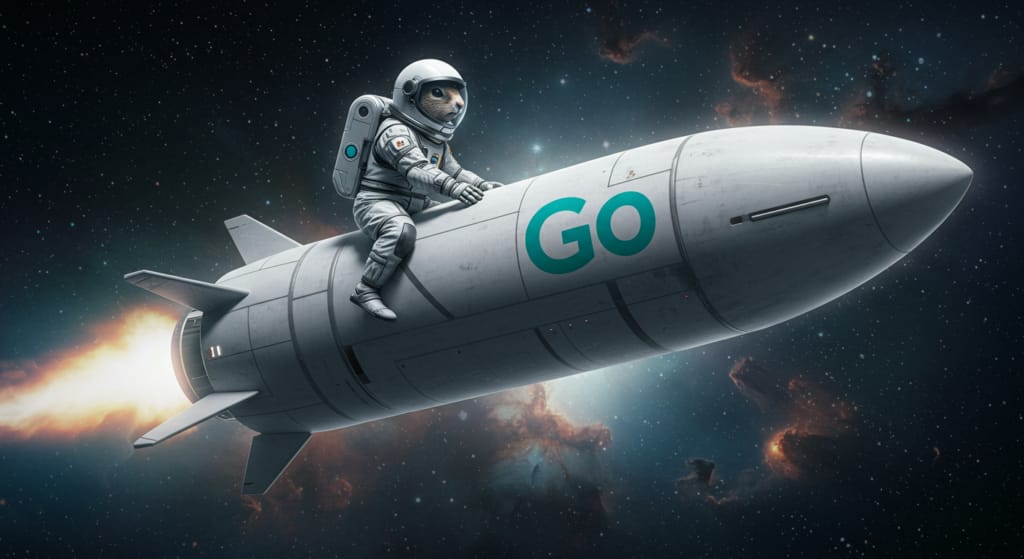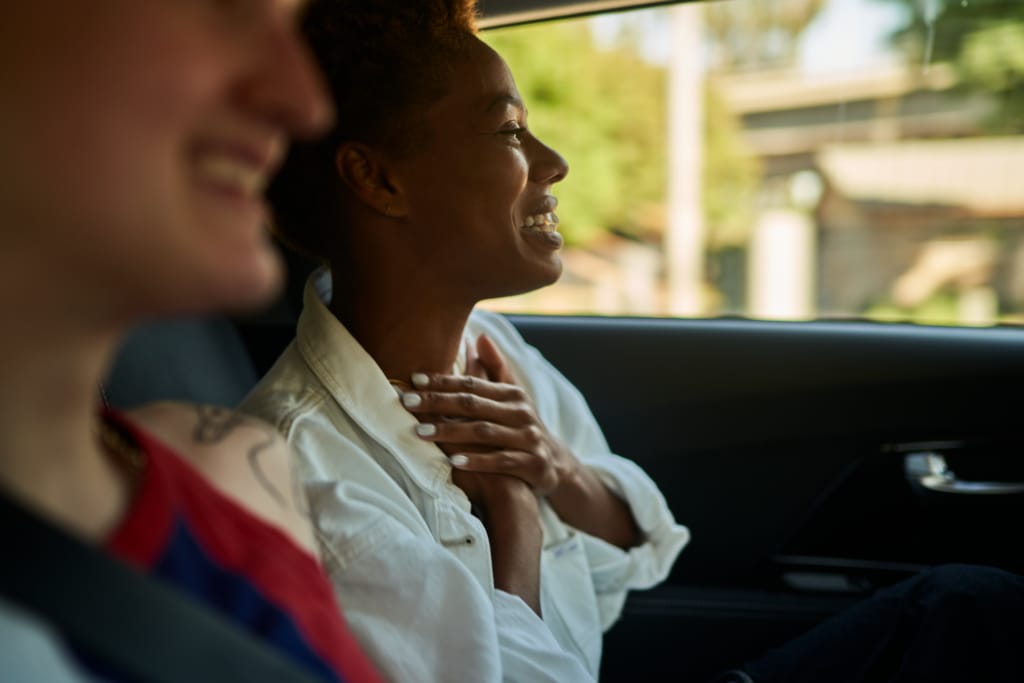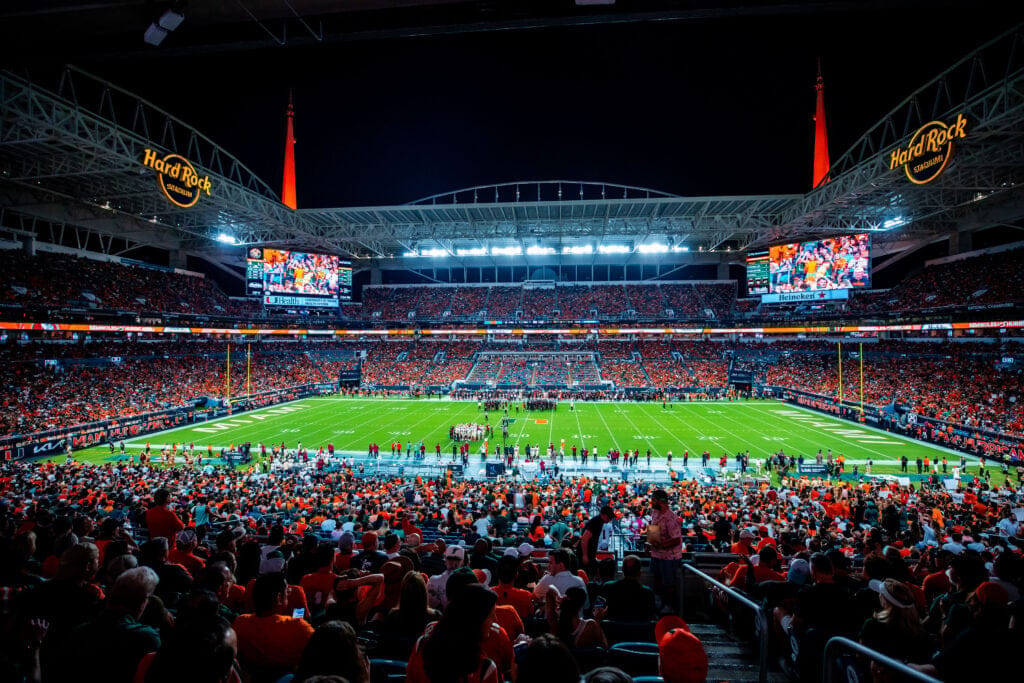Charting the mobility evolution: excerpts from Uber’s latest industry paper
August 19, 2024 / Global
It’s official: Transit Horizons 2.0 is here.
Reflecting on the journey since our first publication, our latest industry perspectives paper examines Uber Transit’s progression and role in enhancing public transportation through innovative technology and cross-sector partnerships.
“The mobility evolution” highlights Uber’s collaborations with Dallas Area Rapid Transit, the Metropolitan Transportation Authority, and Marin Transit to explore how public-private partnerships foster a more integrated and responsive transportation ecosystem.
Our paper is an important step in creating the future that we’ve envisioned with our partners in progress—one where communities move efficiently and sustainably.
Here are some key excerpts:
On ridesharing’s potential within the transportation ecosystem
“While we maintain our unwavering belief in the crucial role of public transportation as the backbone of cities, towns, and rural communities, delivering public transportation continues to take on new and unforeseen dimensions.… How can incorporating ridesharing into public transportation systems help agencies better address their evolving challenges?”
On what agencies value
“Agencies place a high value on maintaining their brand identity and owning their customer experience … [and will] invest in technologies that prioritize direct engagement with their customers.… [O]ur goal is to support a wide range of agency objectives. We aim to do this by making the Uber app available to [their] customers and integrating it with the agencies’ chosen mobility-as-a-service (MaaS) app when possible.”
On the changing role of mobility managers—and what their priorities are
“As more transportation agencies take on the role of mobility managers, they focus on overseeing and improving a variety of transportation options, creating a more efficient, responsive, and user-friendly [transportation] network.”
On flexibility in paratransit
“Traditional paratransit services, which require advance scheduling, are often logistically challenging and [costly]. Introducing same-day, on-demand services adds even more costs and complexity into the equation [for mobility managers. In this scenario, non-dedicated services become essential].”
On the future of public transportation
“Our vision is to forge a future where public transportation isn’t just a means of travel but also a vibrant network that connects people and enriches entire communities.”
To download the full publication and find out more about Transit Horizons, visit this page.
Interested in staying connected to the latest Uber Transit stories? Subscribe to our newsletter and we’ll be in touch.
Posted by Uber Transit
Get a ride when you need one
Start earning in your city
Get a ride when you need one
Start earning in your city
Related articles
Most popular

A beginner’s guide to Uber vouchers for riders

Automating Efficiency of Go programs with Profile-Guided Optimizations

Enhancing Personalized CRM Communication with Contextual Bandit Strategies



